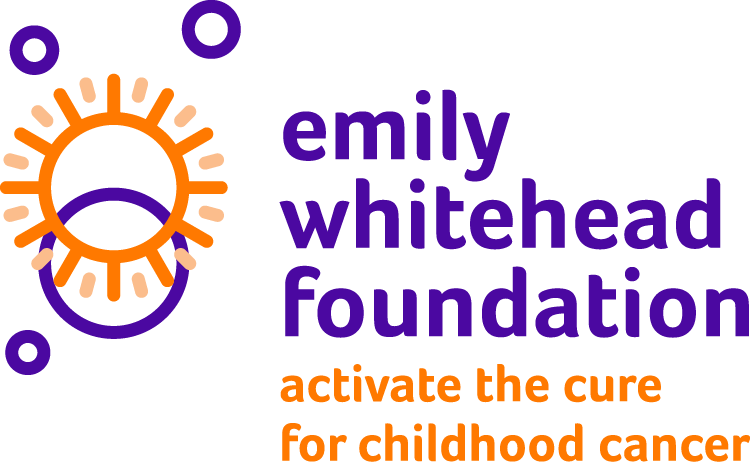Administration of Autologous CAR-T CD19 Antigen With Inducible Safety Switch in Patients With Relapsed/Refractory Acute Lymphoblastic Leukemia
Leukemia
0-9 years 10-17 years 18-26 years 27 years and older
1
 Drug
Drug
Rimiducid, Cyclophosphamide, Fludarabine
 Biological
Biological
iC9-CAR19 cells
Condition: Acute Lymphoblastic Leukemia, Immune System Diseases, Immunoproliferative Disorders
The body has different ways of fighting infection and disease. No single way is effective at fighting cancer. This research study combines two different ways of fighting disease: antibodies and T cells. Antibodies are proteins that protect the body from disease caused by bacteria or toxic substances. Antibodies work by binding those bacteria or substances, which stops them from growing and causing bad effects. T cells, also called T lymphocytes, are special infection-fighting blood cells that can kill other cells, including tumor cells or cells that are infected. Both antibodies and T cells have been used to treat patients with cancers. They both have shown promise, but neither alone has been sufficient to cure most patients. This study combines both T cells and antibodies to try to create a more effective treatment. This investigational treatment is called autologous T lymphocyte chimeric antigen receptor cells targeted against the CD19 antigen (ATLCAR.CD19) administration.
In previous studies, it has been shown that a new gene can be put into T cells that will increase their ability to recognize and kill cancer cells. A gene is a unit of DNA. Genes make up the chemical structure carrying your genetic information that may determine human characteristics (i.e., eye color, height and sex). The new gene that is put in the T cells makes a piece of an antibody called anti-CD19. This antibody can flow through the blood and can find and stick to leukemia cells because these leukemia cells have a substance on their surface called CD19. Anti-CD19 antibodies have been used to treat people with leukemia but have not been strong enough to cure most patients. For this study, the anti-CD19 antibody has been changed so that instead of floating free in the blood a piece of it is now joined to the surface of the T cells. Only the part of the antibody that sticks to the leukemia cells is attached to the T cells instead of the entire antibody. When an antibody is joined to a T cell in this way it is called a chimeric receptor. These CD19 chimeric (combination) receptor-activated T cells kill some of the tumor, but they do not last very long in the body and so their chances of fighting the cancer are unknown.
Preliminary results of giving ATLCAR.CD19 cells to leukemia patients have been encouraging; however, many subjects receiving this treatment have experienced unwanted side effects including neurotoxicity and/or cytokine release syndrome (also referred to as cytokine storm or an infusion reaction). Cytokines are small proteins that aract as e signals to other cells and are the way cells talk to one another. During cytokine release syndromesyndrome, too many cytokines are released and too many cells in your body react to their release. Symptoms resulting from cytokine release syndrome vary from flu-like symptoms to more severe side effects such as cardiac arrest, multi-system organ failure or death. We predict that about 50% of patients on this study will experience mild to severe cytokine release syndrome.
To help reduce cytokine release syndrome symptoms in future patients, a safety switch has been added to the ATLCAR.CD19 cells that can cause the cells to become dormant or “go to sleep”. The safety switch is called inducible caspase 9 or iC9. The modified ATLCAR.CD19 cells with the safety switch are referred to as iC9-CAR19 cells.
The purpose of this study is to determine whether receiving the iC9-CAR19 cells is safe and tolerable (there are not too many unwanted effects). If you experience severe cytokine release syndrome or moderate to severe cytokine release syndrome that does not get better once you are given standard treatments, you may be given a second study drug called rimiducid. Similar studies showed that rimiducid can to turn on the safety switch, iC9 in other therapies. Using rimiducid to activate the safety switch may be done in addition to treating you according to hospital guidelines and making all efforts to immediately attend to your cytokine release syndrome symptoms.
Sponsor/Collaborators:
UNC Lineberger Comprehensive Cancer Center
